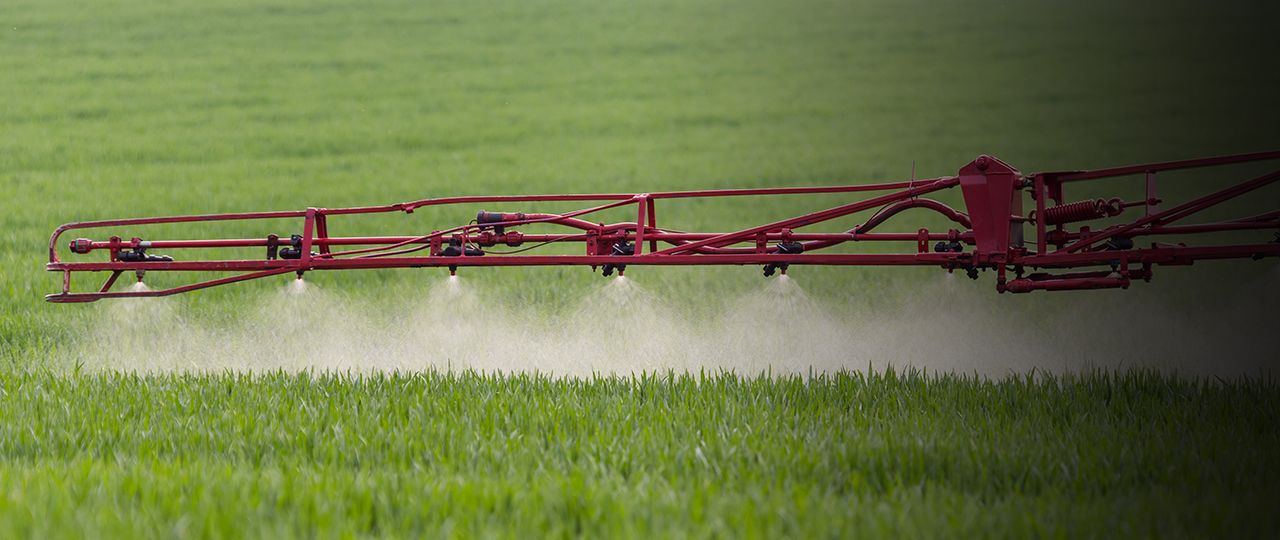
Jason Beedell
Director, Research


Director, Research
Click here to download the full update as a PDF
New more onerous Code of Good Agricultural Practice for reducing ammonia published
The revised Code is a major element of the UK’s draft Clean Air Strategy, as agriculture is responsible for almost 90% of UK ammonia gas emissions, which affect air quality:
Please contact our farming team if you would like to discuss the new Code.
Three new agronomy technical sheets published
We have produced three new technical guides on blackgrass in winter cereals, dry season cultivation and oilseed rape establishment. Please contact crop.management@struttandparker.com if you would like a copy.
Government confirms two more years of funding for ‘Payment by Results’ pilot scheme
This funding will extend the trialling of this new approach to agri-environment schemes, which is testing whether providing training and guidance for farmers to create their own management plan for their land leads to better environmental outcomes. In addition, the payment that the farmer receives will vary – with higher payments made if better environmental results are produced.
EU is starting to push for higher carbon emission reduction targets
The EU’s energy commissioner has said that it should cut emissions by 45% by 2030 (relative to 1990 levels), up from the currently agreed 40%. Energy ministers from 14 Member States, including France and Germany, are proposing even higher targets of 55%, in order to meet the ambition of the Paris climate deal and as the EU is already likely to hit the 45% target due to other legislation already in place
More people are visiting parks and green spaces in towns and cities
Visits to city parks and green spaces in England were 25% higher in 2016 than in 2010, according to the Government’s Monitor of Engagement with the Natural Environment survey. This is positive and highlights the opportunity to grow the number of people visiting the countryside too, which will have a positive effect on health and well-being, and also create opportunities to grow new rural leisure businesses.
New rules to prevent spread of oak processionary moth
The new rules restrict the planting of oak trees that originate in places where OPM occurs, as more cases of OPM have been found on imported oak trees. The rules will affect most planting as the majority of the UK is now designated as an OPM Protected Zone. Please speak to Mike Tustin about best planting practice to control forestry pests and diseases.
Ash die back found in three new species in the ash family
The disease was found on mock privet, narrow-leaved mock privet and white fringetree; these are ornamental species but are luckily not widespread in the UK. If you suspect a tree has dieback, please report it on the Tree Alert portal.
Website that recommends species to plant that are suitable with climate change
This tool from Forest Research, called Ecological Site Classification, allows you to enter your location and site conditions, and then suggests potential conifer and broadleaved species that might be suitable to plant. It can be adjusted for different climate change scenarios.
CPRE calls revised NPPF a speculative developers’ charter
Developers will benefit from a “presumption” in favour of planning applications if too few homes are built in a local authority area, under new National Planning Policy Framework rules. The CPRE has also warned that the green belt land will be under threat from developers because of the new rules.
Linking energy efficiency to lower mortgage interest rates
The Energy Efficient Mortgages Initiative aims to make the link between the energy efficiency of a property and how it is financed (which could mean lower interest rates). It is supported by over 50 organisations, including 37 banks which represent almost half of mortgage lending in Europe. An exercise to test the principles has just started and will last two years, after which we may see energy efficiency-linked mortgages launched widely. Click here for more details.
Scotland: Business start-up rates in rural areas are half those of cities
Between 2010 and 2017, the number of registered businesses in rural areas of Scotland increased by 8%, compared with 16% in urban areas, according to the Federation of Small Businesses Scotland.